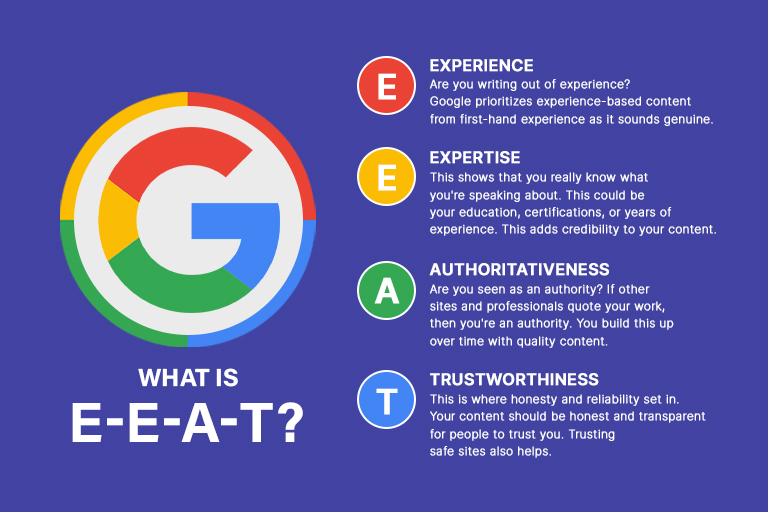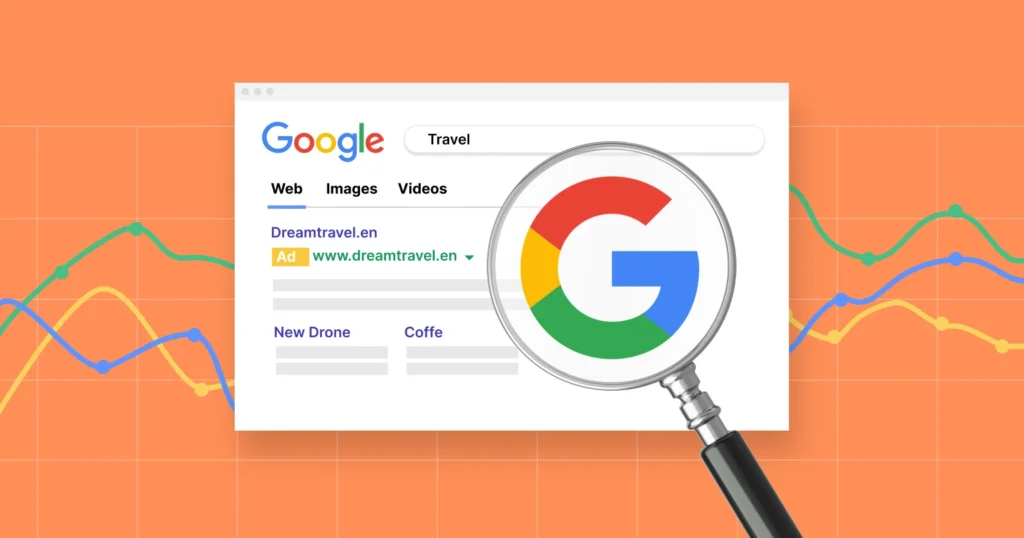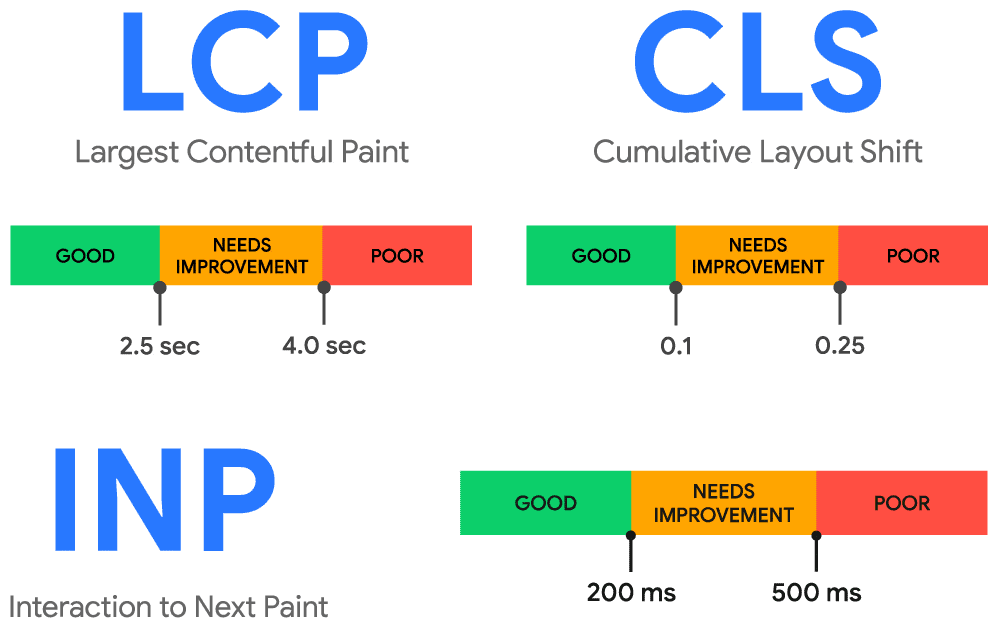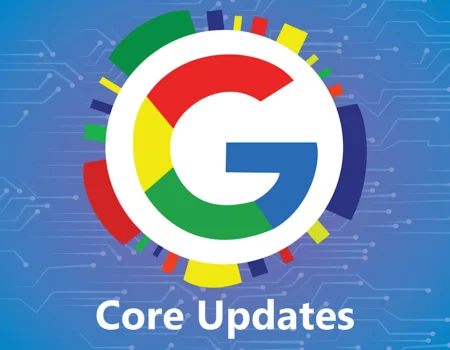Google’s March 2025 Core Update has introduced major changes to its search algorithms, significantly impacting how websites are evaluated and ranked. For website developers, these changes bring both challenges and opportunities. Understanding the update’s key components is essential to maintaining strong search performance and delivering better user experiences.
1. Stronger Emphasis on Content Quality and E-E-A-T

Google continues to prioritize high-quality content, doubling down on the principles of E-E-A-T: Experience, Expertise, Authoritativeness, and Trustworthiness. Websites offering valuable, in-depth, and original information from credible sources are seeing increased visibility. In contrast, low-effort, duplicated, or generic content is being demoted.
What to do:
- Audit existing content for relevance and depth.
- Ensure articles are authored or reviewed by experts.
- Add author bios and credentials to build trust.
- Avoid rehashing content found elsewhere without adding unique value.
2. Helpful Content System Now Integrated into Core Algorithm
The update merges Google’s Helpful Content System into its core ranking logic. This system evaluates content from a user-first perspective, demoting pages created primarily to manipulate rankings rather than serve genuine user needs.
What to do:
- Write for real users, not algorithms.
- Eliminate filler content created solely to rank for keywords.
- Continuously assess whether each page delivers on its promise to the visitor.
3. Elevated Importance of User Experience (UX)

User experience metrics—such as load time, mobile responsiveness, and ease of navigation—remain central to rankings. Google is reinforcing the need for fast, clean, and intuitive web design.
What to do:
- Optimize page speed and reduce layout shift.
- Ensure mobile design is responsive and touch-friendly.
- Simplify navigation to reduce bounce rates.
4. Greater Scrutiny of AI-Generated Content
While AI-generated content is not banned, it is under stricter evaluation. Pages produced by AI without human oversight, originality, or editorial review have been disproportionately affected by the update. Google’s stance remains: content should be useful, not mass-produced for ranking purposes.
What to do:
- If using AI to assist with content, always apply human editing and contextualization.
- Avoid flooding your site with AI articles unless they meet the same editorial standards as human-created work.
- Ensure AI-generated text provides actionable value and accuracy.
5. Introduction of INP (Interaction to Next Paint)

Google has replaced First Input Delay (FID) with a new Core Web Vital: Interaction to Next Paint (INP). This metric measures how quickly a page responds to user interactions, offering a more accurate gauge of interactivity and usability.
What to do:
- Audit your website using tools like Lighthouse or PageSpeed Insights.
- Optimize JavaScript execution and reduce long tasks.
- Focus on fast feedback and responsiveness in all interactive elements.
6. Crackdown on Spam and Manipulative Tactics
Google has ramped up its detection of spammy SEO practices, including keyword stuffing, link schemes, and cloaking. Websites using these outdated or manipulative techniques have seen major drops in rankings or deindexing altogether.
What to do:
- Remove unnatural links and avoid black-hat link building.
- Use keywords naturally, and avoid stuffing.
- Stay compliant with Google’s Webmaster Guidelines to protect long-term performance.
7. Site-Wide Signals Matter More Than Ever
Unlike previous updates where individual pages could perform well independently, this update introduces stronger site-wide quality assessments. If a large portion of a site is deemed low-quality, even its best pages may struggle to rank.
What to do:
- Prune underperforming or outdated content.
- Implement a regular content audit process.
- Maintain consistent quality across all site sections, including blogs, product pages, and help centers.
Final Thoughts
The March 2025 Core Update signals Google’s continued evolution toward a more intelligent, user-focused search experience. For developers, this means more than just technical SEO—it’s about collaboration with content teams, UX designers, and strategists to ensure every element of a website aligns with user needs and Google’s guidelines.
Success in this new era requires more than optimization—it requires authenticity, clarity, and a commitment to serving users first. Developers who adapt to these principles will help build sites that not only rank well but truly deserve to.







